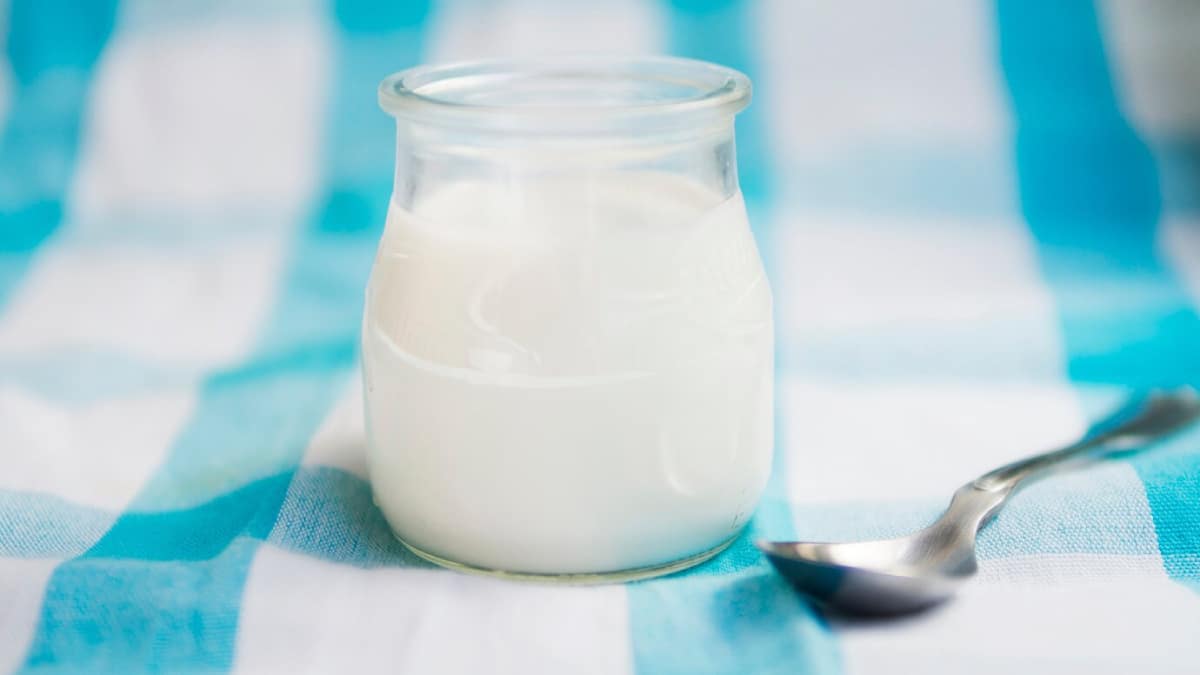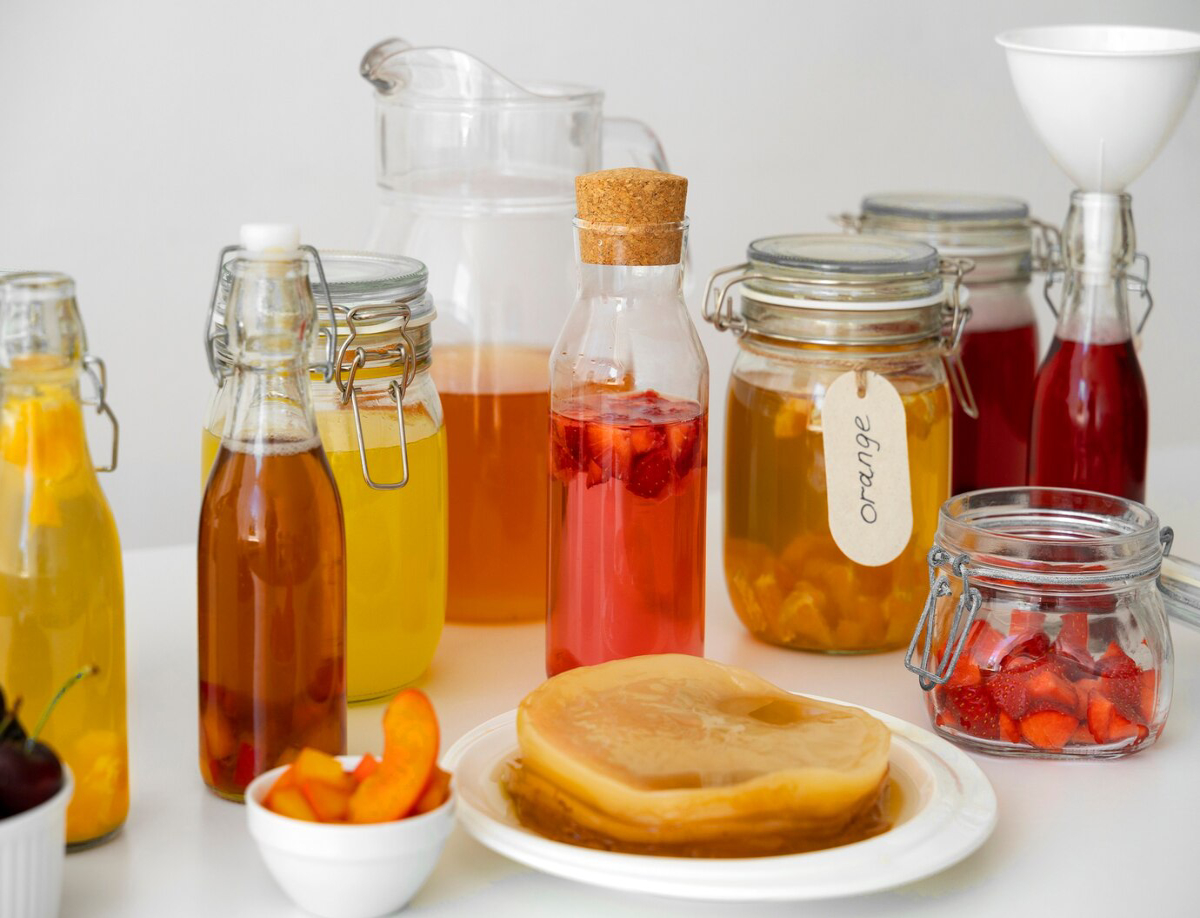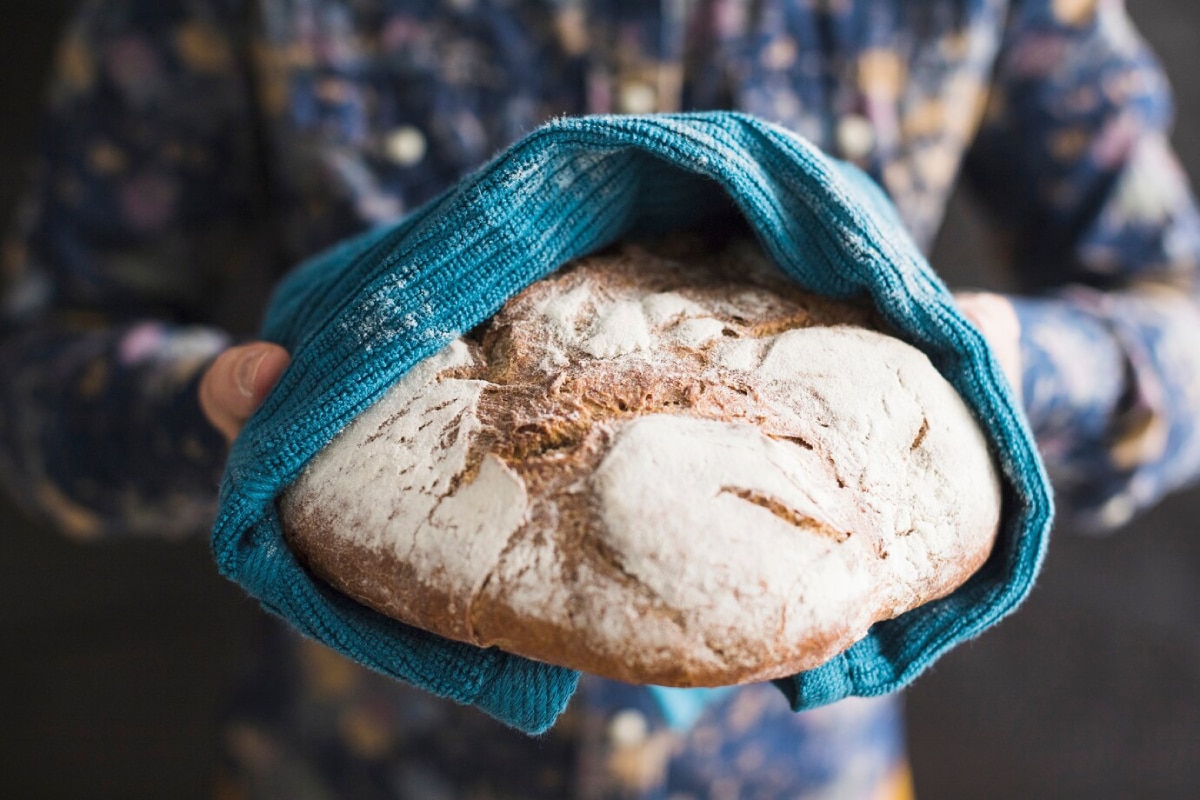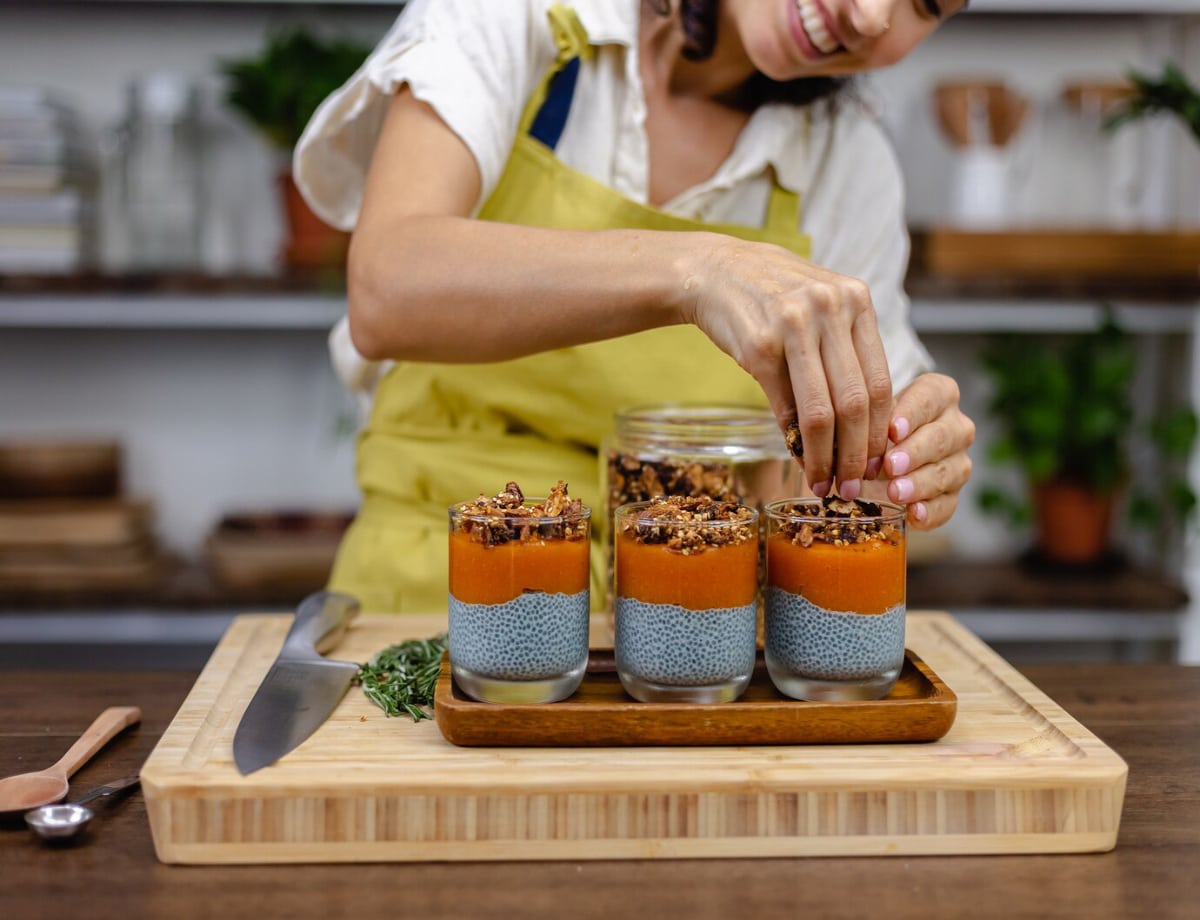
Preparing Make-Ahead Fermented Meals for Convenient Healthy Eating
Imagine coming home from a long day, hungry and worn out, only to realise dinner’s already done and it’s packed with gut-loving probiotics. That’s the beauty of make-ahead fermented meals. These dishes aren’t just time-savers; they’re nutrient-dense, flavour-loaded, and incredibly satisfying.
Fermented foods have enjoyed a well-deserved revival in recent years, thanks to a growing awareness of gut health and the role probiotics play in digestion and immunity. But most discussions focus on condiments or side dishes. What if you could go beyond fermented garlic or pickled onions and actually build whole meals around these fermented superstars?
In this article, we’ll explore the art and science of fermented meal prep — from the benefits and methods to real-life recipes and smart storage strategies. Whether you’re a busy professional, a fermentation fan, or simply trying to eat healthier with less effort, this guide will transform how you approach weekly meal planning.
Why Fermented Meal Prep Is a Game-Changer
1. Long Shelf Life Without Losing Nutrients
One of the best things about fermented meals? Their longevity. Traditional meal prep often relies on freezing or refrigerating cooked dishes, which can slowly degrade nutritional value. Fermented foods, on the other hand, become more nutritious over time.
- Beneficial bacteria multiply
- Enzymes continue to develop
- Flavours deepen naturally
This means your meals aren’t just preserved; they’re alive and evolving.
2. Gut Health Boost With Every Bite
Probiotic-rich meals support your digestive system, help regulate your mood via the gut-brain axis, and strengthen your immune response. When fermented dishes form the base of your meals, you get consistent exposure to friendly microbes that help maintain gut flora.
Think of fermented meals as your personal microbiome support crew, showing up daily to help you feel your best.
3. Saves Time & Cuts Food Waste
Make-ahead fermented meals streamline your week. Batch-preparing probiotic dishes means:
- Fewer daily cooking tasks
- Less reliance on last-minute takeaways
- Lower likelihood of spoiled produce
Fermentation also gives you a way to use up odds and ends — from cabbage cores to carrot peels — so you’re saving food and money.
How to Start Fermented Meal Prep
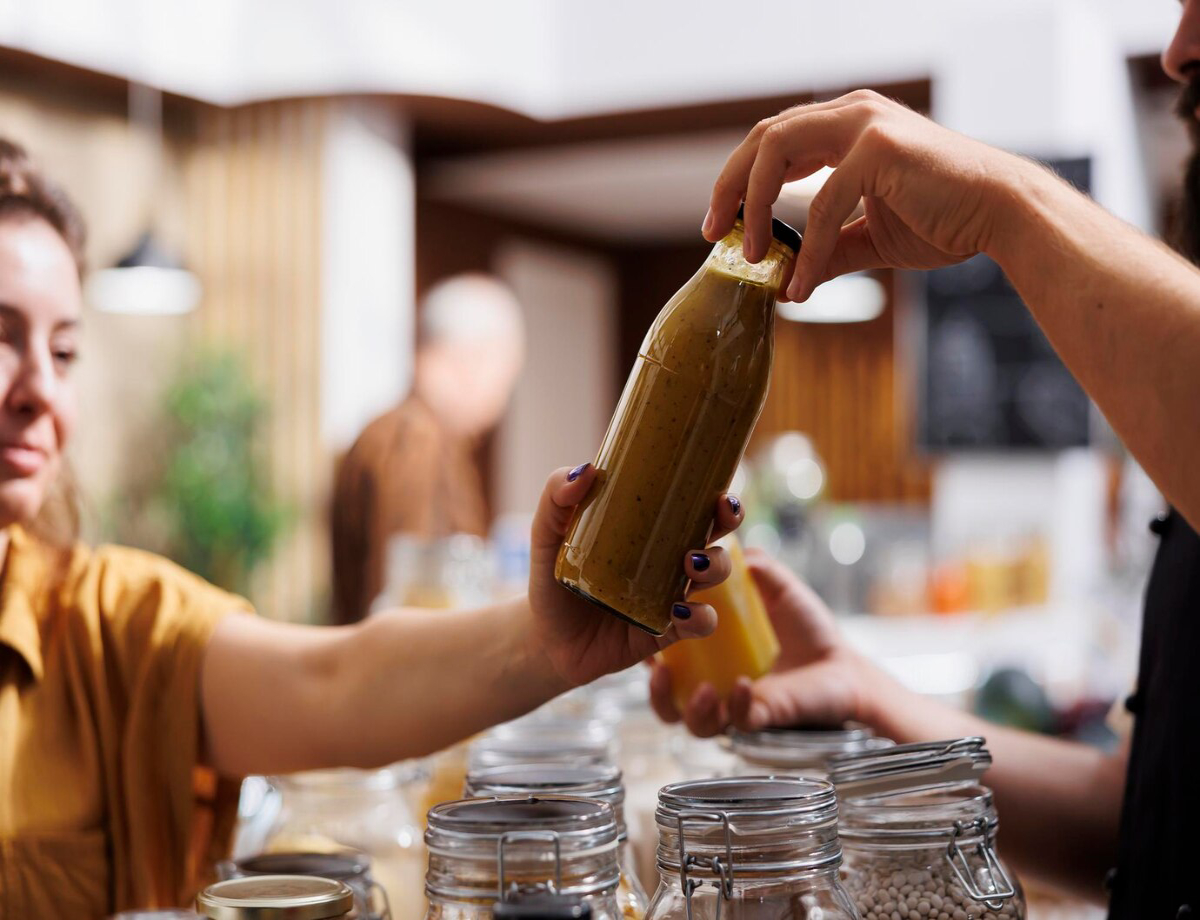
1. Pick Base Ingredients That Ferment Well
Some foods are fermentation superstars. Choose ingredients that are naturally high in water and sugar/starch (fuel for the microbes):
- Cabbage (for sauerkraut or kimchi)
- Carrots, beets & radishes
- Cucumbers (for pickles)
- Grains (like oats, quinoa, rice)
- Dairy (yoghurt, kefir)
- Legumes (tempeh, fermented hummus)
2. Use Tried-and-True Fermentation Techniques
There are several ways to ferment ingredients for meals:
- Lacto-Fermentation: Uses salt and anaerobic environment (e.g. sauerkraut)
- Wild Fermentation: Relies on ambient bacteria and yeasts (e.g. sourdough)
- Starter Cultures: For consistency and speed (e.g. kombucha, kefir)
Refer to our complete guide on how to start fermenting vegetables at home for a confident jumpstart.
3. Start With Simple Recipes
You don’t need to jump into complicated kombucha curries. Begin with manageable dishes:
- Fermented slaw wraps
- Probiotic soup starters (add miso or fermented bean pastes at the end)
- Sourdough flatbreads with fermented toppings
- Tempeh bowls with pickled veg and grain base
4. Build a Weekly Plan
Break your week into themes or types:
- Monday: Sourdough wraps with kimchi & tofu
- Tuesday: Tempeh grain bowls
- Wednesday: Fermented lentil pancakes (dosa-style)
- Thursday: Cold noodle salad with pickled veggies
- Friday: DIY probiotic pizza night

Easy Make-Ahead Fermented Meal Ideas
1. Fermented Lentil Dosas With Coconut Chutney
A South Indian classic that doubles as a fermented feast. Soak and grind lentils and rice, let them ferment overnight, and cook into thin, crispy crepes.
Prep Time: 10 minutes + 12 hrs fermentation
Fridge Life: 4–5 days (batter)
Tips: Pair with probiotic coconut chutney (add a spoon of kefir).
2. Kimchi Fried Rice (With a Twist)
This one-pan wonder transforms day-old rice into a spicy, umami-rich meal.
Base: Cooked brown rice
Fermented Add-ins:
- Kimchi (spicy or mild)
- Natto (optional)
- Miso (stir in at the end)
Fridge Life: 3 days
3. Tempeh Stir-Fry Bento Boxes
Tempeh is rich in plant protein and incredibly versatile.
Make-Ahead Box Includes:
- Marinated tempeh
- Pickled daikon or cucumbers
- Fermented carrot-ginger slaw
- Soba noodles or quinoa
Bonus: Store in separate compartments for optimal texture.
4. Fermented Chilli Beans in Mason Jars
Perfect for burrito bowls or tacos. Ferment cooked beans with spices, garlic, and a touch of molasses.
Storage: Airtight jars in the fridge for up to 2 weeks
Use In:
- Quesadillas
- Tostadas
- Buddha bowls
5. Probiotic Overnight Oats
Breakfast gets a gut-loving makeover.
Fermented Base:
- Soak oats in kefir or yoghurt overnight
Toppings:
- Lacto-fermented blueberries
- Crushed walnuts
- Raw honey
Prep Tip: Make 3 jars on Sunday for midweek ease.
Storing Fermented Food Safely
Proper storage maintains flavour, safety, and probiotic benefits. Here’s how to do it right:
Fridge Storage Guidelines
- Use glass jars or BPA-free plastic
- Leave headspace for gas buildup
- Label with date and contents
Room Temperature Ferments
Some foods can live on the counter:
- Kombucha
- Sourdough starter
- Vinegar-based pickles
Keep these away from direct sunlight and maintain consistent temperatures.
Freezing Fermented Foods
While freezing kills most probiotics, it won’t harm taste or texture in:
- Fermented flatbreads
- Cooked kimchi rice
Freeze in small portions for quick use.
For more safety tips, check out how to store fermented foods properly.
Common Mistakes to Avoid
- Over-Salting: Too much salt slows fermentation
- Metal Containers: Can react with acids
- No Ventilation: Can cause jars to explode or overflow
- Adding Probiotics to Boiling Meals: Heat kills beneficial bacteria
Pro Tip: Add fermented toppings or sauces after cooking.
Advanced Batch Prep Tips
Label Everything
- Include fermentation start date
- Use colour-coded lids for different types
Rotate Ferments Weekly
Keep a rotation system so you always have a fresh batch fermenting while eating a previously finished one.
Build a Fermenting Station
Designate a shelf or corner with:
- Jars
- Labels
- Salt
- Funnels
- Cheesecloth or fermentation lids
Your Probiotic-Powered Week Awaits
Fermented meal prep is more than a kitchen trend. It’s a way to simplify your life, improve your health, and elevate your food with minimal daily effort. When your fridge is stocked with probiotic-rich dishes that you actually enjoy eating, staying on track with nutrition becomes second nature.
From dosa batter and probiotic oats to kimchi grain bowls, the options are endless and ever-evolving. You don’t have to overhaul your entire diet overnight. Start by adding one fermented element to your weekly plan and build from there.
Now it’s your turn: Which make-ahead fermented meal will you try first? Let us know in the comments, share this guide with your foodie friends, and subscribe for more gut-loving tips every week.
